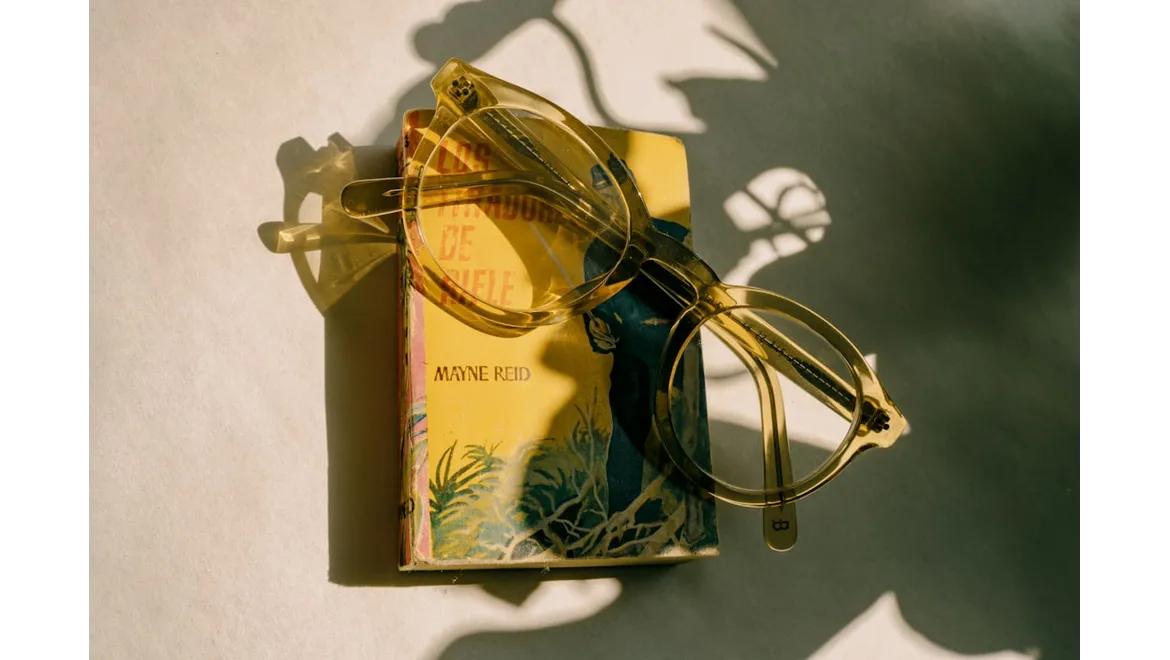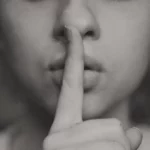As someone who has always been fascinated by the power of storytelling, I recently embarked on an adventure into the art of visual narratives. Armed with insights from “7. Storytelling with Images: Techniques for Building a Visual Narrative that Captivates Your Audience,” I discovered a new world of expression that blends creativity with technique.
Finding the Core Narrative
Every compelling visual story begins with a strong core narrative. Before picking up my camera, I spent time brainstorming and distilling my story into a concise theme. For me, it was about capturing the essence of a bustling city market. I asked myself: What emotions do I want to evoke? What story am I telling? By answering these questions, I was able to create a storyboard that served as a roadmap for my visual journey.
This foundational step involved sketching rough thumbnails of the shots I envisioned. I focused on the key elements and transitions that would guide the viewer through my story. It was akin to writing a script, except my words were replaced by images.
Harnessing the Power of Composition
Composition is the backbone of visual storytelling. In my quest to capture the market’s vibrancy, I experimented with different techniques such as the rule of thirds and leading lines. The rule of thirds helped me place the main subject off-centre, which naturally drew the viewer’s eye into the frame, creating a sense of balance. Meanwhile, leading lines, like the rows of market stalls, directed attention deeper into the scene, inviting viewers to explore the bustling environment.
I also played with framing, using the market’s arches and stalls to create natural frames within the photo. This technique added depth and context, making the viewer feel as though they were peeking into a lively, hidden world.
Mastering the Art of Light and Shadow
Lighting can dramatically alter the mood of a story. During my market shoot, I paid close attention to the interplay of natural light and shadows. Early morning light cast a golden glow, while the late afternoon sun created dramatic contrasts.
To capture these effects, I adjusted my camera settings to suit the changing light conditions. By manipulating exposure, I could highlight specific details, such as the vibrant colours of fresh produce or the weathered hands of a vendor. Shadows added intrigue, creating silhouettes that conveyed mystery and depth.
Creating Emotional Resonance through Colour
Colour is an emotional powerhouse in visual storytelling. In the market, I was surrounded by a plethora of hues that I used strategically to evoke feelings. I emphasised warm tones like reds and yellows to convey energy and excitement, while cooler blues and greens provided a calming balance.
In post-production, I adjusted the saturation and contrast to enhance these colours further, ensuring they aligned with the emotions I intended to evoke. This careful curation of colour helped me tell a story that was not only seen but felt.
Weaving a Cohesive Narrative Flow
A visual narrative must flow seamlessly from one image to the next. To achieve this, I arranged my images in a sequence that mirrored a journey through the market, starting with wide shots that established the setting and gradually moving to intimate close-ups that captured personal stories.
Transitions between images were crucial. I used visual motifs, like repeating patterns or colours, to link scenes together. This continuity guided the viewer’s eye and maintained engagement, allowing them to experience the market as a cohesive, unfolding narrative.
Inviting the Viewer into the Story
The most successful stories are those that invite the audience to become participants. During my project, I included images that left room for interpretation, such as a candid shot of a child gazing in wonder at a street performer. This encouraged viewers to project their own emotions and experiences onto the narrative, fostering a deeper connection.
Reflecting and Refining the Craft
Reflecting on this journey, I realised that storytelling with images is a delicate dance between planning and spontaneity. While a storyboard provides structure, some of the most compelling moments arise unexpectedly. Being open to these moments and integrating them into the narrative can transform a good story into a great one.
By focusing on a strong core narrative, mastering composition, leveraging light and shadow, harnessing colour, ensuring narrative flow, and engaging the audience, I discovered the magical synergy of visual storytelling. Each element, like a note in a symphony, contributes to a narrative that resonates long after the final image fades.
As I continue to refine my craft, I’m excited to explore new stories and share them with the world, one image at a time.











